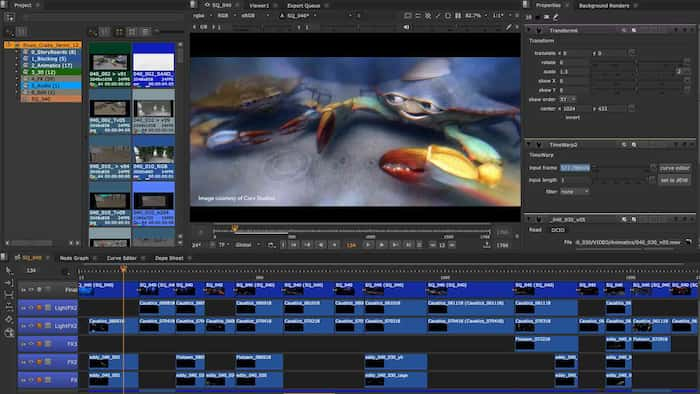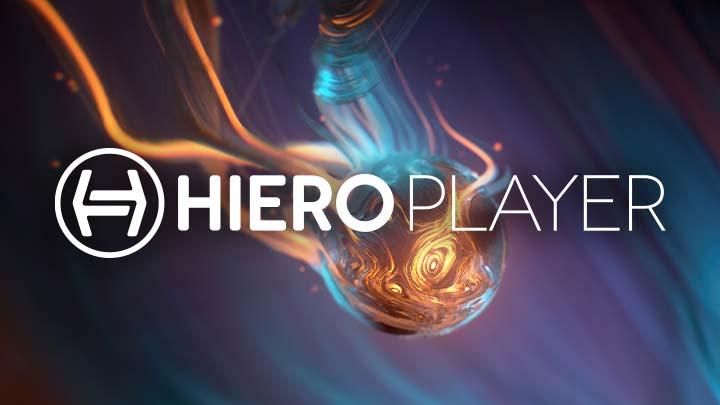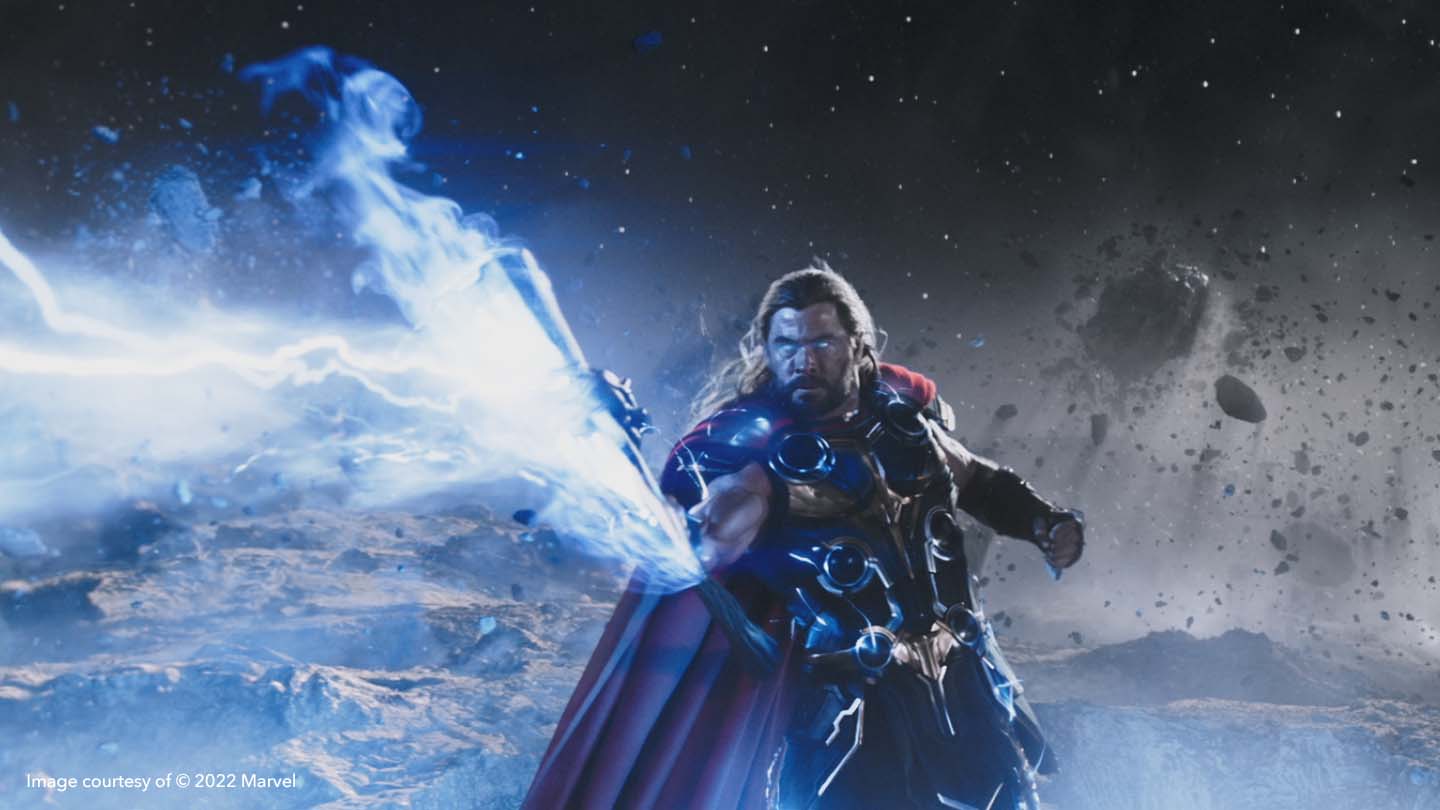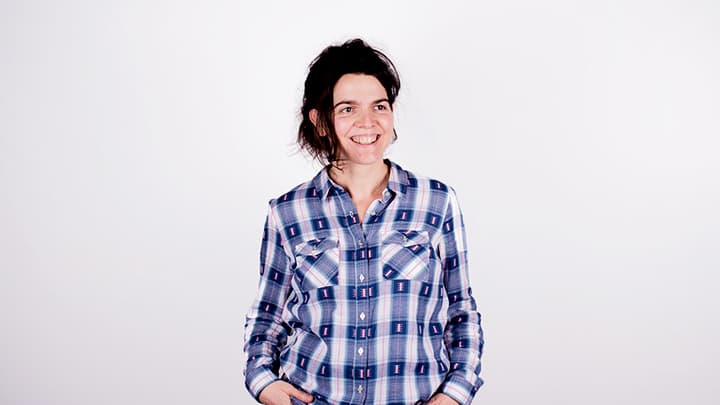Compositing and much more
- • Nuke’s advanced set of tools offer new levels of technical and creative control
- • A vast array of flexible tools available at your fingertips
- • Streamline your pipeline and tackle complex projects with ease

Nuke is the powerful node-based compositing tool at the heart of the Nuke family. Whether your focus is on blockbusters, animation or binge-worthy episodic content, Nuke’s flexible and robust toolset empowers teams to create pixel-perfect content every time.
With over 200 nodes and a scalable node graph and image processing engine, Nuke provides the ultimate compositing toolset and gives artists everything they need to tackle diverse digital post-production challenges at any scale and resolution.
See all featuresNuke’s Deep compositing tools reduce the need to re-render CG elements when content changes. It allows artists to work with images that contain multiple opacity, color and camera-relative depth samples per pixel.
See all featuresNuke offers support for the leading industry standards including OpenEXR and rising technologies including Hydra and USD. Plus, with support for OpenColorIO and ACES, color management is easy and ensures consistent color from capture through to delivery.
See all featuresArtists can quickly place 2D and 3D elements using Nuke's integrated 3D environment. This workspace allows complex projection workflows using custom geometry to be set up and rendered with ease.
See all features
Nuke 15.1 delivers future-facing pipeline tools, with OpenAssetIO, full OTIO round-trip support, and custom USD versions. Plus BlinkScript updates, improved Review, CopyCat training, and more for greater artist control.

Nuke Studio and Hiero combine to make Foundry’s VFX Editing and Management solution. Artists can experience seamless review workflows, multi-shot management, editorial and conform in one powerful package.
Find out more
Streamline your pipeline and reach new levels of collaboration and control with HieroPlayer, Foundry's artist desktop review tool. Get a free annual subscription today with a Nuke or NukeX license.
Take me there
“Beyond making our sequences look spectacular, we were challenged by the volume of shots that required blockbuster-quality composites… we needed a compositing tool that allowed artists to work collaboratively.” Find out how Framestore used Nuke to create vast battle scenes and complex galaxy shots for this Marvel hit.

From the impressive environments to the intricate VFX details, Gulliver Studios was able to navigate large volumes of shots and 3D using Nuke. Read more about Compositing Supervisor Seok Jong-yeon’s experience creating terrifying playgrounds and eerie circuses for Squid Game.
Read more
Nuke has made possible things we couldn't have imagined doing in compositing. There is not a single project where we don't need to use its 3D pipeline for ease. I cannot thank Foundry enough for making comping so exciting!

Nuke is the compositing tool of choice for Framestore's film productions; it is incredibly versatile, customizable and user friendly. It enables our creative talent to explore and expand ideas and solve all manner of problems; with Nuke you really can fix it in comp!

Nuke Studio is a backbone for us because it communicates with every part of the studio.




Take a look at the other products in the Nuke family and find the one that best suits your needs.
All the features of Nuke plus even more advanced tools so you can take your compositing to the next level.
Combining the power of NukeX and Hiero into one toolset for more streamlined multi-shot management, editorial, composting and review.
The ultimate node-based compositing toolset at an accessible price.
Seamlessly review dynamic timelines with an intuitive editorial toolkit for all your multi-shot management, conform, editorial and review needs.
Desktop review tool allowing you to review shots in context and compare render versions quickly.